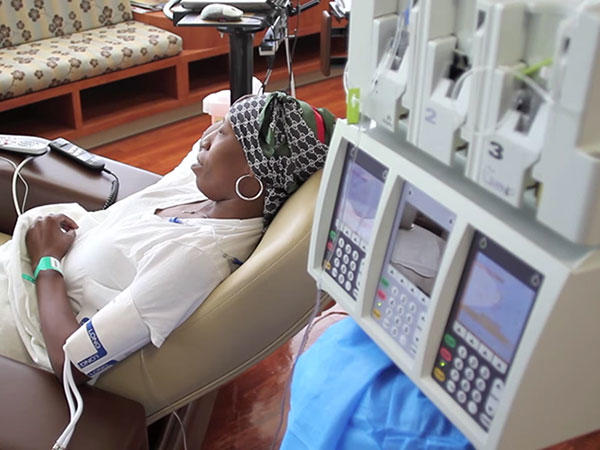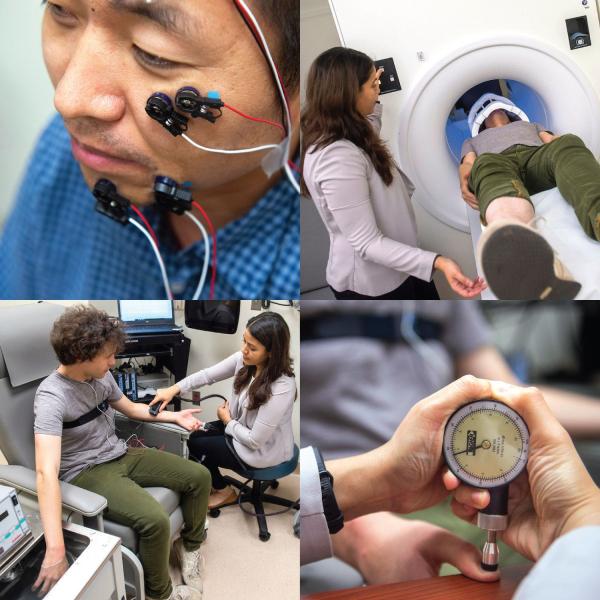Unlocking the Genetic Mysteries of Rare Autoinflammatory Diseases
IRP Researcher Finds Explanations and Hope
Rare Disease Day, celebrated on or near February 29 — the rarest day on the calendar — calls attention to the 300 million people in the world who have some sort of rare disease. For children born with one of those diseases, speedy diagnosis and treatment may be necessary to ward off long-term complications, but that’s much easier said than done. This is especially true for pediatric autoinflammatory diseases, in which the immune system attacks the child’s own body. IRP senior investigator Raphaela T. Goldbach-Mansky, M.D., M.H.S., has made it her mission to discover and define these diseases and the genes that cause them, and then find a way to provide treatment.










